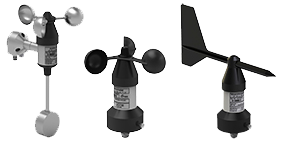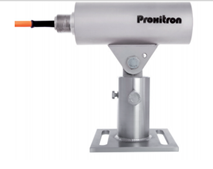Process indicators along with two relay outputs , and an anemometer are installed to measure position of wind. They have precise control, giving optimum productivity and maintaining safety. Monitors speed safely in accordance with SIL3/PLe. |
Wind positioning with relay outputs on ship loader / unloader
Pilger mill in tube rolling mills - hot and cold pipe detection
Speed monitors enable safe monitoring in accordance with SIL3/PLe. These safety relays have 2 synchronous relays and 4×2 control outputs. The speed monitors can work with both digital and SinCos signal
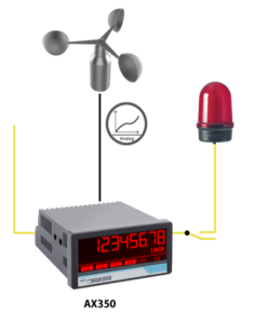
Challenges
Precise control for machines running at optimum productivity. Strike a balance between productivity and safety. |
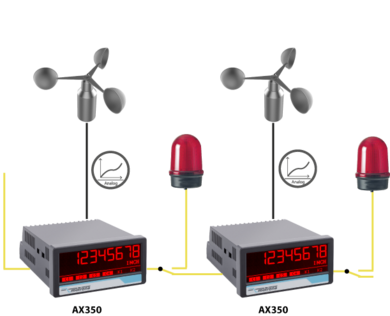
Solution
Process indicators equipped with two relay outputs can be used with an anemometer as a wind warning device.
Multiple solutions for wind monitoring are possible.
Simple monitoring of the wind speed
Basic wind speed monitoring can be achieved by connecting a process Indicator with two 16 bit Analog Inputs to an anemometer with an analog output. Alternatively a digital indicator is required to work with an anemometer with frequency output.
Safe operation of the wind speed
Better operating safety can be achieved by the parallel operation of two analog or two digital indicators. If a cable break occurs, the second signal path remains intact and continues to reliably monitor the wind speed.
Maximum security of monitoring wind speed.
even greater security of the monitoring is possible by connecting a digital and analog anemometer + process indicator.
With an analog anemometer connected to a digital indicator and a digital anemometer connected to a digital indicator, a wide range of measurement approaches are possible resulting in limited error margins.
Products and Accessories
Case Study Number
- TP3
Challenge
- The increasing flexibility of production lines requires a high adaptability of sensors. Continually changing object geometries, different temperatures and very high radiation or surrounding temperatures are no rarity.
- In a pilger mill those rough conditions can be found, among others in the production of seemless steel pipes. The raw steel blocks, each weighing a few tons are heated up first in a round oven at a temperature of 1300 °C.
- After descaling of the surface, the steel block is prepunched in a hole press with a strength from a converted 2000 t. In the next sloping rolling mill the growing pipe rotates between two rollers that are positioned at an angle to each other. The punching is widened to the size of the mandrel diameter.
Previous solution / Competitor product
- N/A
Solution
- The sensor that was installed at this application is the HMD OKA 2038.38 G with tube OL 19.
- The signal of the infrared sensors controls the movement of centering device and abutment. The point of view is restricted by the tube and prevents disturbances by steam in the cooling phase.
- An optimum adaptation to the operating conditions is given due to the adjustable response temperature. The HMD with self-learning response temperature (Auto-Teach function) is suited to continually changing conditions.
- The compact sensor with a stainless steel housing can withstand surrounding temperatures of up to 75° C. The use of a cooling jacket raises this up to 200° C.
- Alternatively sensors with fibre optic cables are available which permit an application at ambient temperatures up to 600° C without cooling.
Customer Benefits
- Maintenance-free
- High temperature stability
- Recognition of hot objects at big distances
- Self adjustment with Auto-Teach or step switch for the response temperature
Product Part number
- OKA 2038.38 G
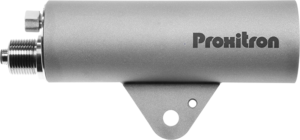
Brand
- Proxitron
Accessories
- Piros swivel stand HM2
- Tube OL 19
- Pilot light unit (for alignment) DAK 308 + OL 26
- Different cable lengths (e.g. 15 m)
Customer Testimonial
compared to previous solution or competition
Case Studies
Other Solutions
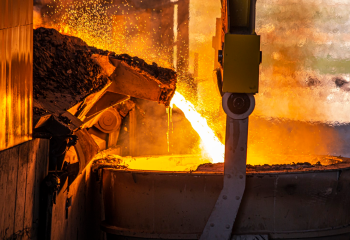
Sample case study title lorem ipsum here
Short description of the problem solved, maybe include the client name.

Sample case study title lorem ipsum here
Short description of the problem solved, maybe include the client name.

Sample case study title lorem ipsum here
Short description of the problem solved, maybe include the client name.

